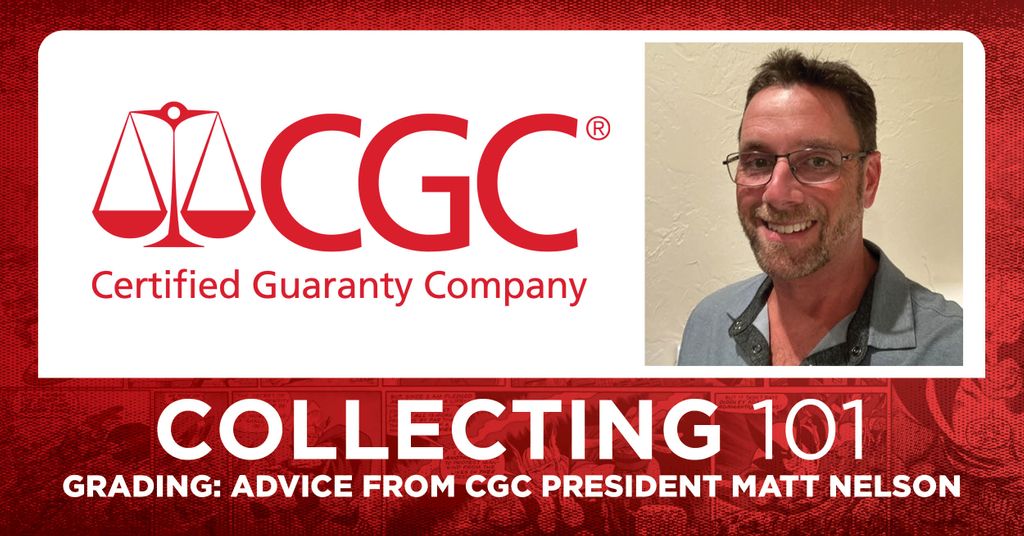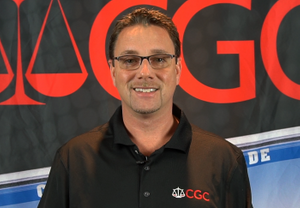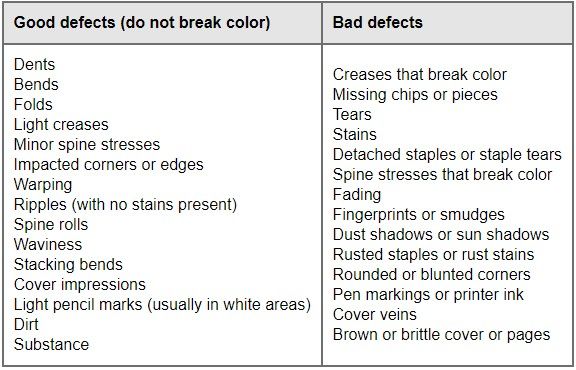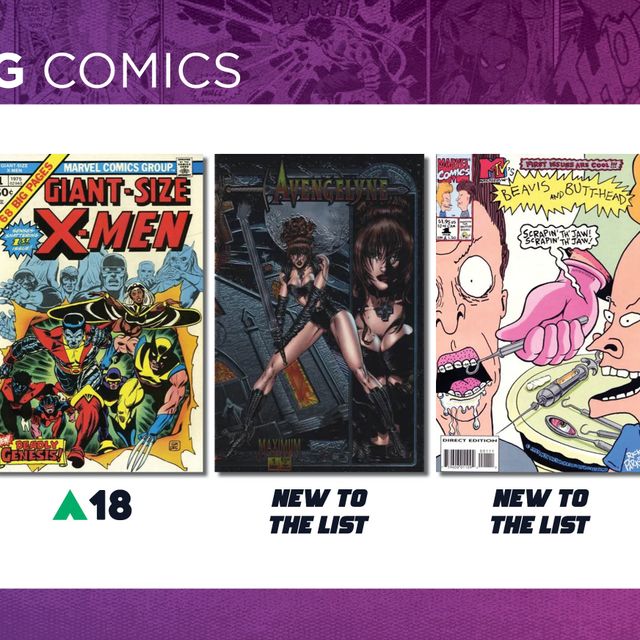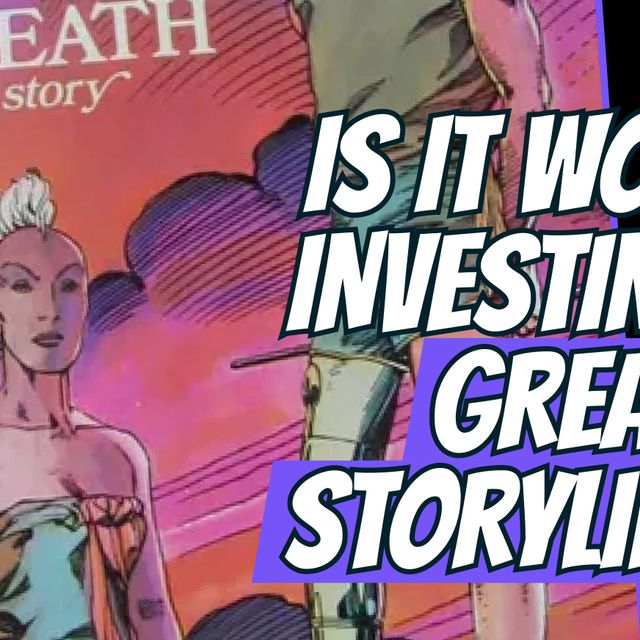The key to any good experiment is starting on the right foot. My first step was to find out more about the grading process from someone who understood pressing, cleaning, and grading. My choice for obtaining this information was to approach CGC President Matt Nelson and ask him for his advice on those topics. So, without further input from me, here is but a small amount of the guidance I learned from this industry leader gathered from an interview I conducted with him.
I created this experiment to take the mystery out of getting books graded. The reason was that many people said the GoCollect data can only be used by people interested in graded books. Others said you should only buy graded books because that was the safer alternative. This experiment is a step-by-step analysis of how you can buy raw books and get them graded for fun and profit using the GoCollect data.
Matt Nelson: President of CGC
In any experiment, you need to talk with experts. The expert I sought out was CGC President Matt Nelson. His curriculum vitae is very impressive. He has handled comic books that are beyond the dreams of many collectors and investors.
Matt was there when slabbing was introduced; who better than him to provide insight on the two areas that raw book buyers must understand when buying raw books: pressing and grading. I realized his advice should be followed by all collectors and investors, regardless of whether you were looking to grade your books now. My questions are in bold print followed by Matt Nelson's responses. Links have been provided to the CGC website expanding upon Matt's replies. So without further ado...
CGC President Matt Nelson on Pressing and Cleaning
1. What books have a higher success rate for pressing and cleaning?
"...the books that are typically higher grade books are the best candidates for pressing because pressing gets rid of subtle defects like bends, folds, spine rolls, waviness to the books, rippling, and things like that. It also includes a dry cleaning process as well, which removes dirt, soiling, some writing, and pencil if it's in a white area... Often times higher grade books have dyes along the edges that we take out as well...but generally, it's like 6.0 or higher. And particularly in the high grades where a few bends may be the difference between where you see a substantial value increase."
2. Are there books one may not see a benefit in pressing and cleaning?
"There are three kinds. There is one that obviously has no pressing pressable defects. That might be because they're already pressed or because they're just flat and perfect.
The second one is going to be lower grade books that may have pressable defects but the pressing itself is not really going to help the grade or the appearance. That is going to be typically like VG and lower grades.
And then there are also books that are fragile. So, books that have a heavy amount of tanning, or if they have weak spines that are being split or staples that could risk of popping brittle interior pages; those are not safe to press."
3. Matt Nelson on pressing/cleaning and the different comic book ages
"Brand new books typically are not fragile, but when you get back in the 40s and even up to the 60s, fragility is certainly an issue because they've had time to age over the years. Once you get into the 70s, fragile books are not as much of an issue."
4. Matt Nelson on paper memory
"...paper memory is an issue that anybody has to deal with when they're pressing books. There are certain processes that will cause a book to revert typically, like if using heat. Heat is not as effective as, say, moisture. ..if you throw a book in a dry mount press, there's a higher chance of reversing in those cases. But typically, our processes, once it's finished pressing, there should not be any reversion...
Books that we press could be graded the same day. They can be graded a week later, a month later, even several months later, depending on the tier and the turnaround time. So reversion is definitely a factor, a big factor in our pricing process because of that, but I've been pressing books now for about 20 years, and obviously we take that into consideration in our process. ..We make sure that what we do to the books will not lead to reversion if they sit for a long time.
5. Matt Nelson on if graders know books are pressed and signs of bad pressing
"...If done correctly, there should not really be any side effects or signs of pressing, depending on...the process used. Sometimes books are pressed flat. They crush the spines or maybe material that's used up against the book leaves a mark, such as canvassing or pebbling.
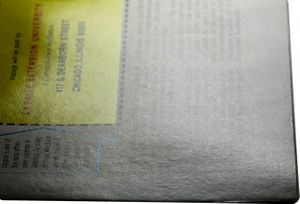
6. Matt Nelson on repeated pressing
"A good pressing process can be done to a book repeatedly without any danger to the book. In fact, often we will press books to fix improper pressing. Maybe they've been run through once before. If they have things on them like I mentioned before like pebbling, canvassing, flaring, or rippling... those things can be corrected with a second pressing. It gets the book nice and flat."
To be continued?
I had planned on my interview with CGC President Matt Nelson to be Part one of my experiment. The problem was that the information I have provided you was but the tip of the iceberg to the interview. Hours have been spent trying to reduce all those gold pieces to the few key nuggets I have provided in this interview.
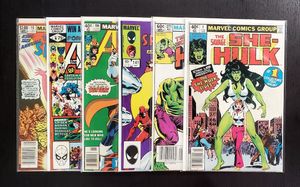
Please let me know if you want me to skip to Part 2. I can get to the books selected for the grading experiment; we can move forward on the experiment in the comments. The other option is if you want more insight from Mr. Nelson in an expanded Part 1 in the comments section. The notes on pressing and cleaning were only the start of our interview. There is much more I learned from Matt Nelson on grading; also, his view of books to target, both raw and graded. I conducted this experiment because the readers asked for more on grading. In the end, the final choice on how I am to proceed is up to you, the reader.

